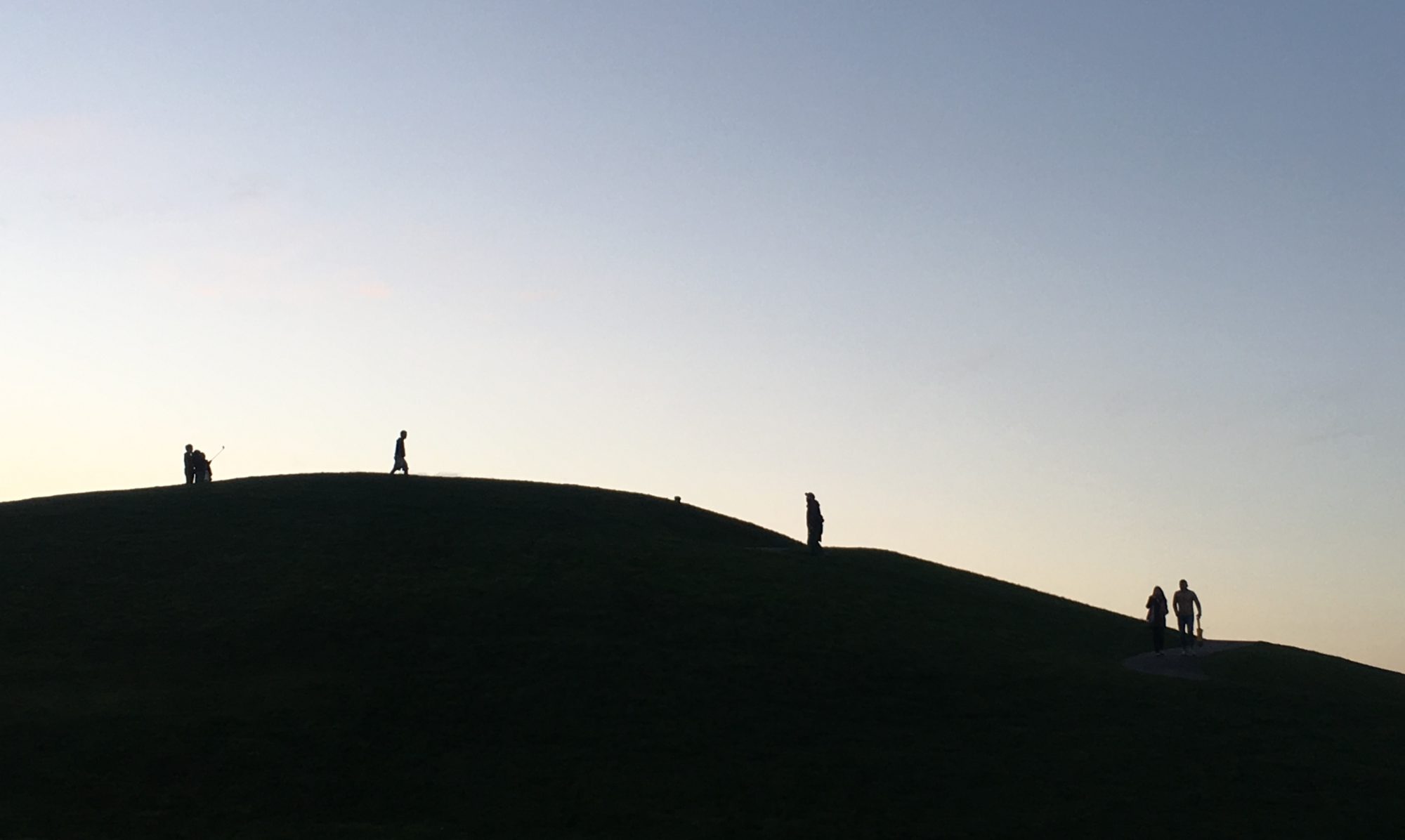Within five minutes’ walk of my London home there are a dozen Vietnamese restaurants. They cluster together at the southern end of Kingsland Road, all offering broadly the same cuisine, but each with subtle variations to the menu, the décor, and the price. In the evenings, they are often full, with groups of prospective customers spilling out onto the pavements, forming approximations of queues, waiting for tables to become available. I sometimes head to one of them for lunch, when they are comparatively quiet, to enjoy catfish in a caramelised sauce, or a chicken curry with coconut milk, and maybe a bottle of Hanoi beer. The easy availability of good quality Vietnamese food, has always been part of my experience of London life.
The presence of significant numbers of Vietnamese restaurants in the London Borough of Hackney is partly due to the work of Thanh Vu, who died two years ago. During the border war between Vietnam and China in 1979, he fled by boat with one of his daughters. They were picked up by a British ship after two weeks at sea, and taken to Singapore. From there, Thanh and his daughter made their way to London, two of the 30,000 Vietnamese refugees (known as the “boat people”) who were accepted by the British government of the day. Initially they were widely dispersed around the country, a policy designed by the British to avoid the over-concentration of refugees in one area. Many Vietnamese people, preferred to live closer together, to re-establish family and friendship networks, and to support each other as they adapted to life in a new country.
Continue reading “Boat people”